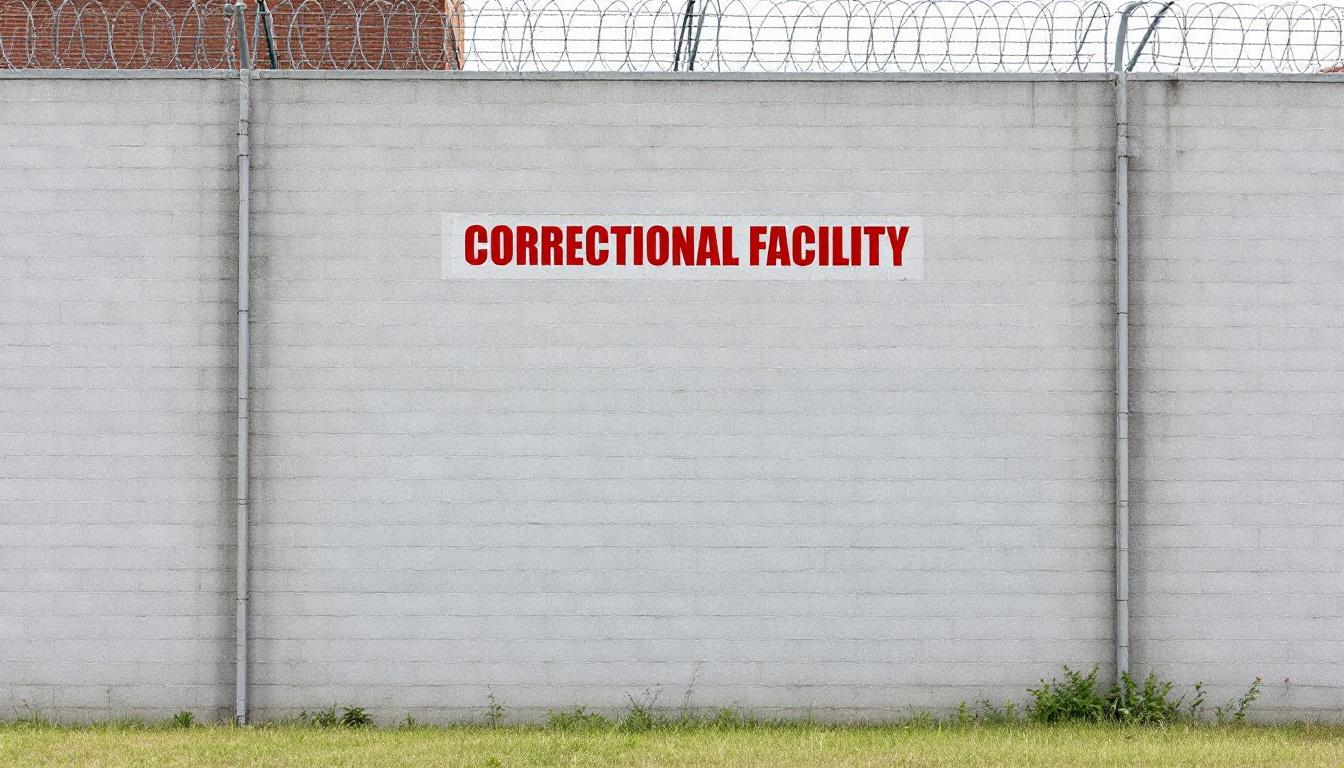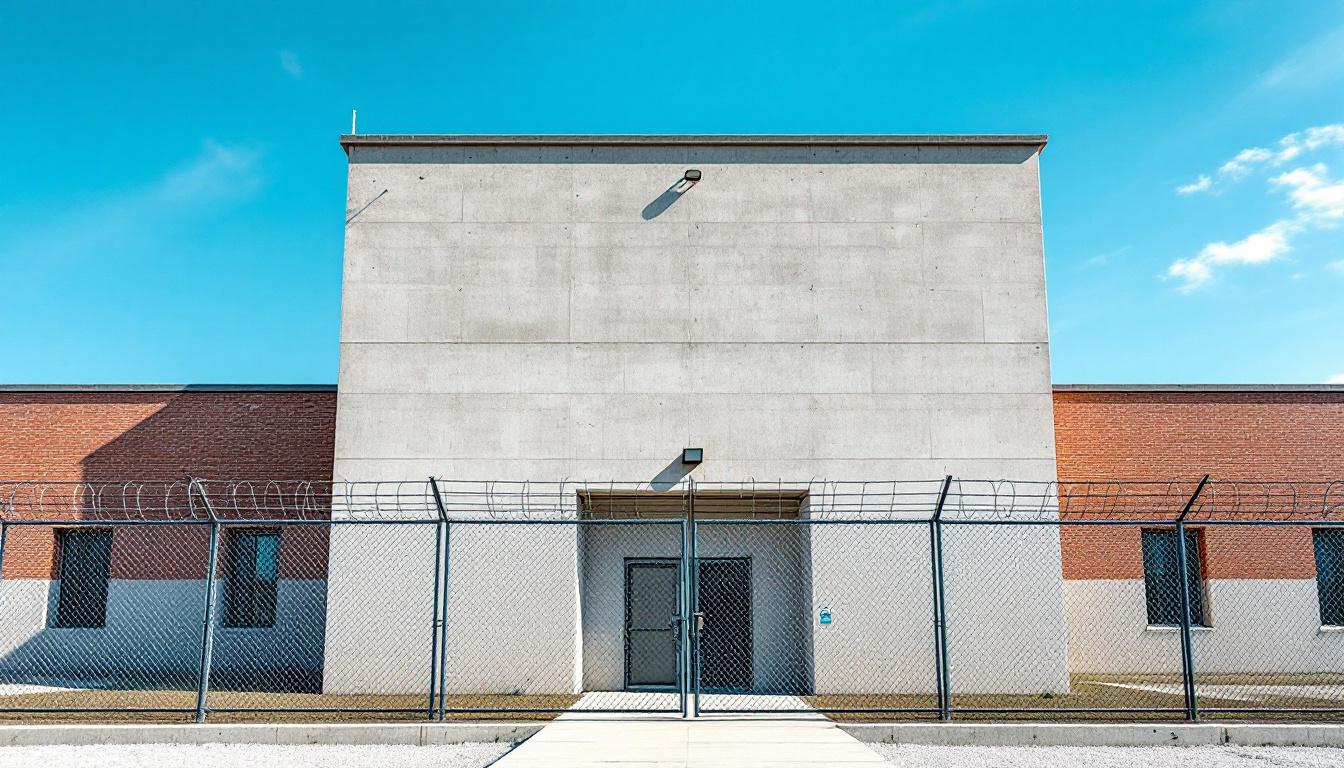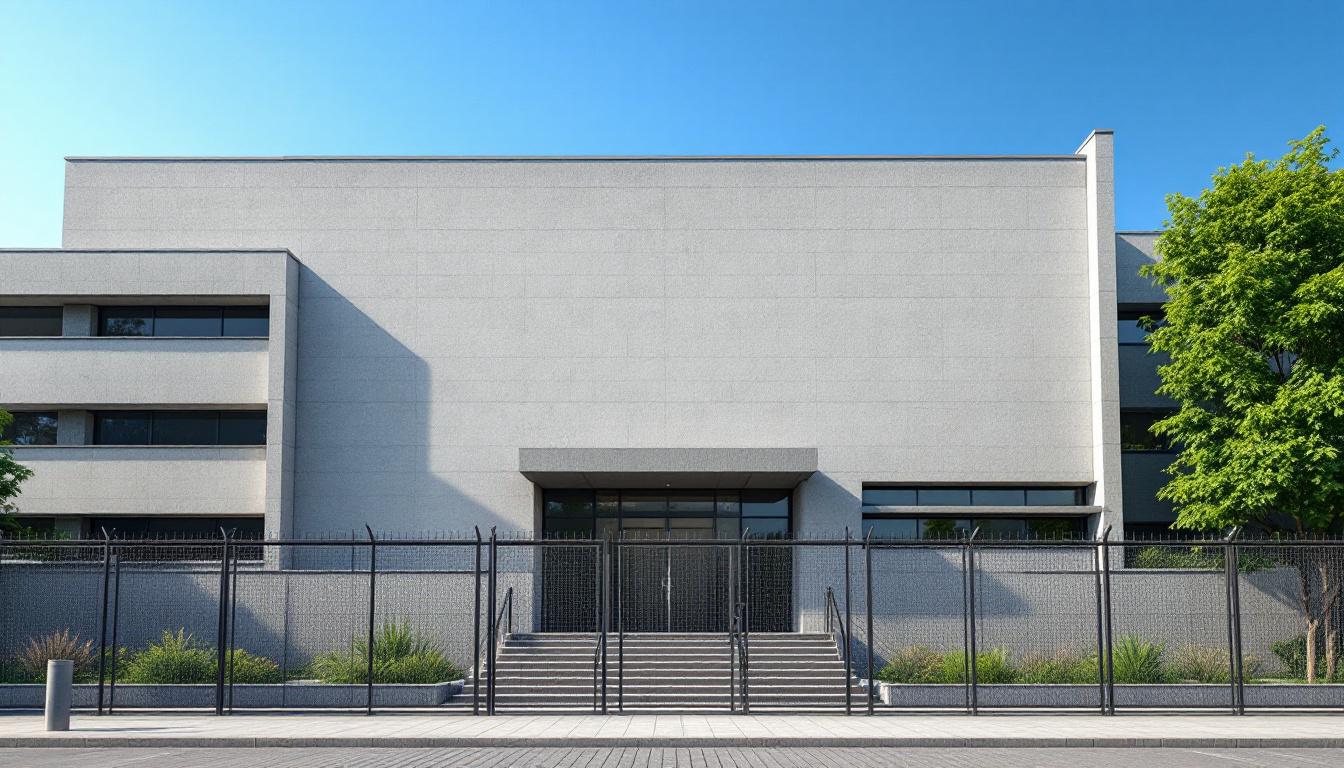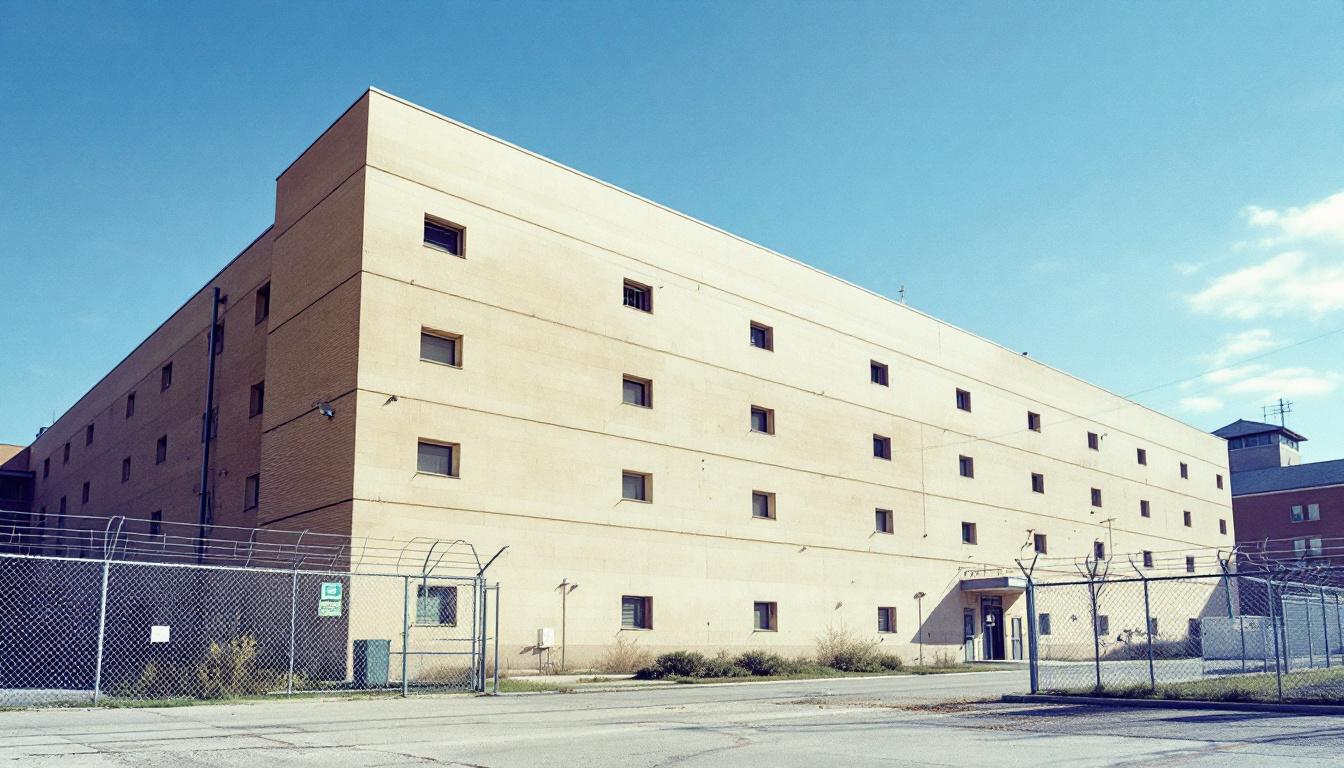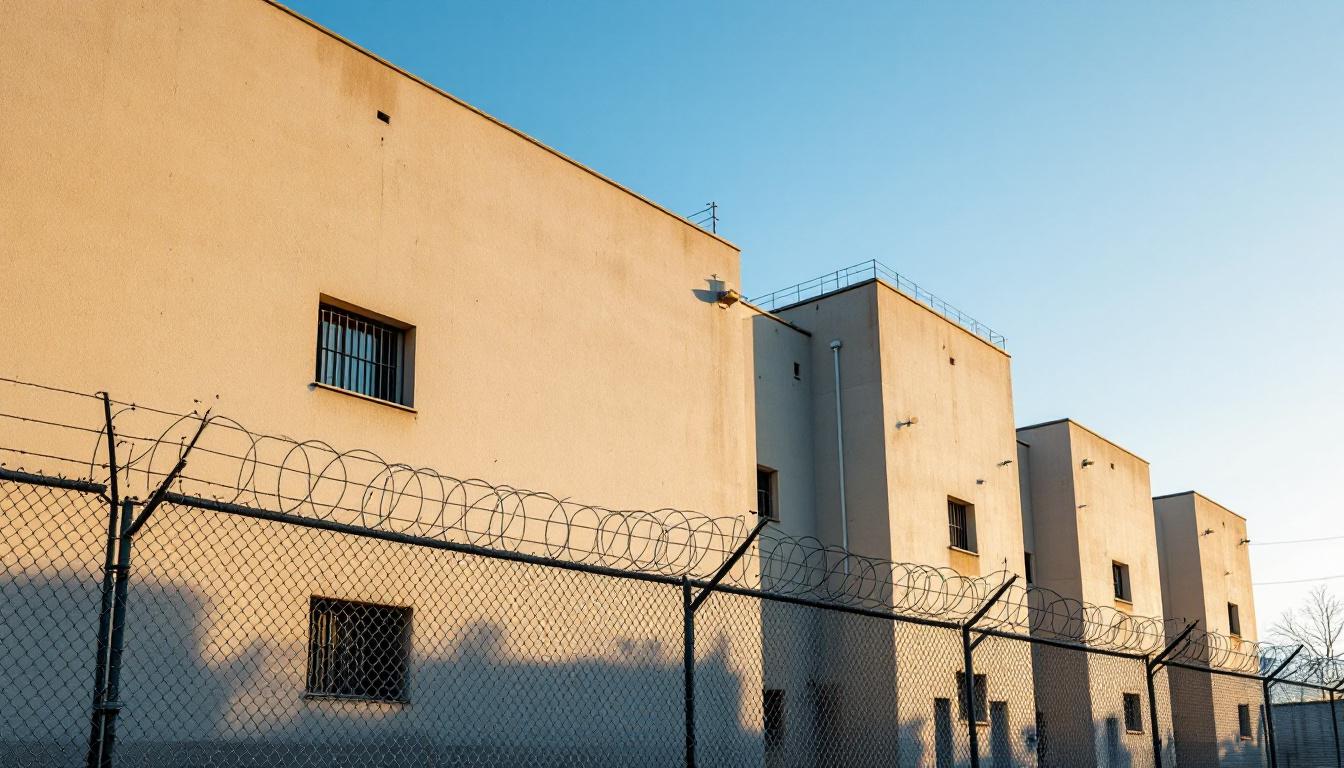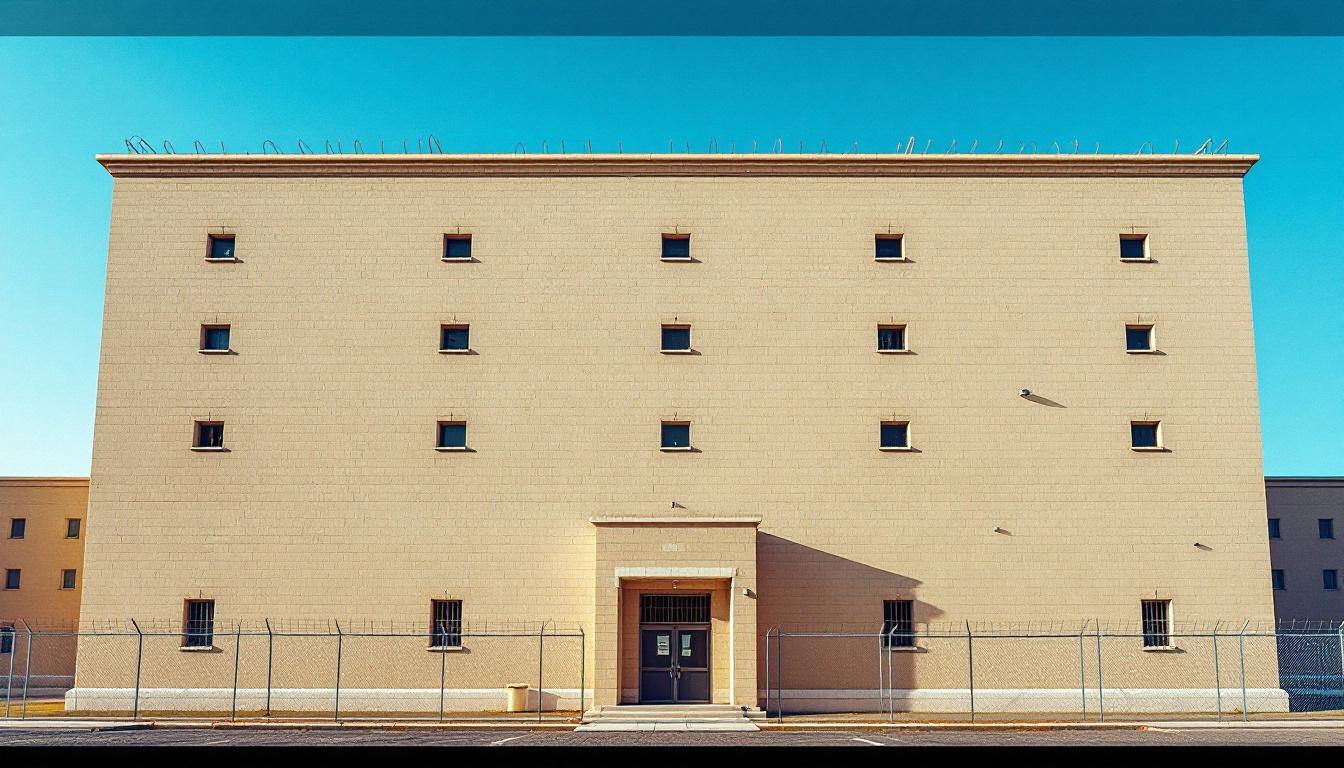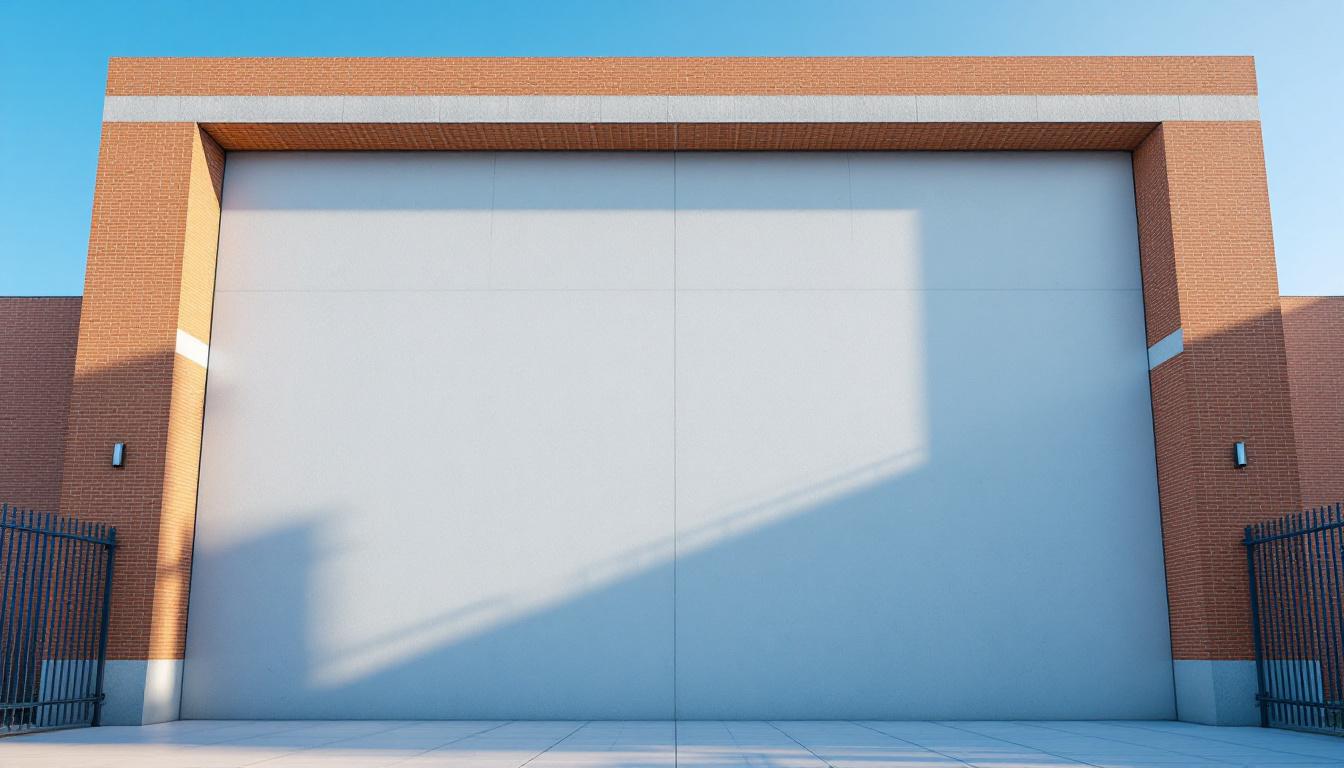
Quick Navigation
How to contact an inmate at Marion County Jail II
This comprehensive guide will walk you through how to connect with an inmate at Marion County Jail II. Follow the steps below to find an inmate and send letters and photos:
- Search for the inmate using our search tool below
- Create your account or log in to Penmate
- Write your message (up to 6,000 characters)
- Send instantly - inmates receive printed copies daily
Find an Inmate
Search for an inmate to start communicating today
Tip: You can search by first name, last name, or inmate ID number
To contact a person at Marion County Jail II start by searching for the person on the official facility website. Perform a search by following these steps:
- Step 1: Enter their first name and last name into the search form and click "Search"
- Step 2: Locate their inmate record
- Step 3: Write down their Inmate ID and any housing information provided
Important! Be sure to enter the person's full name. Nicknames should not be used.
How to Send Messages to Inmates

You can use your phone or computer to send emails, letters, and photos to an inmate. Messages are sent electronically to inmate tablets or kiosks at the facility. If you would like to send a message, start by searching for an inmate at Marion County Jail II.
Sending Photos and Postcards

A great way to send love and support to a loved one at Marion County Jail II is to send photos and postcards. It only takes a few minutes to send photos from your phone and it makes a huge difference. You can also mail postcards with words of support and inspiration, or design your own postcard for special moments like birthdays and holidays.
Important! Be sure not to send any explicit photos or they may not be approved by the facility. You can also use a photo printing app like Penmate to make sure your photos are printed at the correct size (4x6 or 3x5) and are mailed according to the rules and regulations of Marion County Jail II.
Frequently asked questions about Marion County Jail II
-
How long does it take to deliver a message?
If you're sending an email message your letter is usually delivered within 24-48 hours. For messages sent via mail you should expect delivery within 3-7 days. All messages will need be approved by Marion County Jail II.
-
How much does it cost to send a message to Marion County Jail II?
You can send a message free using your phone or mail a message via USPS for the price of a $0.60 stamp and envelope. You can also purchase credits or e-stamps from services starting at $1.99.
-
What services can I use to contact an inmate at Marion County Jail II?
Penmate
You can use Penmate to send letters and photos to an inmate from your phone. It's an easy way to stay in touch during your loved one's incarceration. Use the inmate locator to find an inmate's location and contact information, then you can send messages within a few minutes.
Securus messaging
Securus may be another option for communicating with an inmate at Marion County Jail II. You can create a friends and family account and purchase credits to send messages. All messages will be reviewed and must be approved by the facility.
JPay
Some county jails and state prisons may support sending messages with JPay. You must register an account with the system, find your loved one, and purchase stamps to send messages. For some locations you can also attach photos.
Smart Jail Mail
You may also check if Smart Jail Mail is available at Marion County Jail II. Smart Jail Mail is operated by Smart Communications and has contracted with some state and county jails. After purchasing credits, your messages and photos are sent to the facility, printed out, and then handed out to your loved one.
-
What is the mailing address of Marion County Jail II?
Mailing address:
Marion County Jail II
730 E Washington St
Indianapolis, IN 46202
-
What are the visiting hours at Marion County Jail II?
Visiting hours at Marion County Jail II vary by housing unit and security level. Generally, visits are scheduled on weekends and holidays, with some facilities offering weekday visits. Contact the facility directly for the current visiting schedule. Visits typically last 30-60 minutes and must be scheduled in advance.
-
What items are prohibited when sending mail to Marion County Jail II?
Prohibited items typically include: cash, personal checks, stamps, stickers, glitter, glue, tape, staples, paperclips, polaroid photos, musical or blank greeting cards, hardcover books, magazines with staples, and any items containing metal or electronics. Only send letters on plain white paper with blue or black ink. Photos must be printed on regular photo paper (no Polaroids). Always check with Marion County Jail II for their specific mail policies.
-
How do I send money to an inmate at Marion County Jail II?
You can send money to an inmate at Marion County Jail II through several methods: 1) Online using JPay, Access Corrections, or the facility's approved vendor, 2) Money orders mailed directly to the facility with the inmate's name and ID number, 3) Kiosks located in the facility lobby, or 4) Over the phone using a credit or debit card. Fees vary by method, typically ranging from $2.95 to $11.95 per transaction.
-
Can I schedule a video visit with an inmate at Marion County Jail II?
Many facilities now offer video visitation as an alternative to in-person visits. At Marion County Jail II, video visits may be available through services like Penmate, Securus Video Connect, GTL, or ICSolutions. Video visits typically cost $10-20 for 20-30 minutes and must be scheduled in advance. You'll need a computer or smartphone with a camera and reliable internet connection. Contact the facility for their specific video visitation policies and approved vendors.
-
What identification do I need to visit an inmate at Marion County Jail II?
All visitors must present valid government-issued photo identification such as a driver's license, state ID, passport, or military ID. Minors must be accompanied by a parent or legal guardian who can provide the minor's birth certificate. Some facilities require visitors to be on the inmate's approved visitation list, which may require a background check. Contact Marion County Jail II for specific ID requirements and visitor approval procedures.
-
How can I find out an inmate's release date?
To find an inmate's release date at Marion County Jail II, you can: 1) Use the online inmate search tool if available, 2) Call the facility's records department, 3) Contact the inmate's case manager or counselor, or 4) Have the inmate provide this information during a call or visit. For privacy reasons, some facilities only release this information to immediate family members.
Facility Overview
Contact Information
Marion County Jail II730 E Washington St
Indianapolis, IN 46202
Official Website

About Marion County Jail II
Within Indianapolis's urban landscape, Core Civic Jail II, IN operates as a county-level correctional facility designed to serve both the immediate community and Indiana's broader correctional network. The facility typically houses individuals awaiting trial, serving shorter sentences, or transitioning between different stages of the judicial process, positioning it as an integral component in the state's multi-tiered approach to corrections and public safety.
Community reintegration remains central to the facility's operational philosophy, with residents services generally encompassing educational opportunities, vocational training programs, and substance abuse counseling. These Indianapolis-based programs may include basic literacy courses, GED preparation, and life skills workshops that aim to address the underlying factors contributing to criminal behavior. The IN correctional facility often collaborates with local organizations to provide job readiness training and mental health support, recognizing that successful reentry into the community requires comprehensive preparation and ongoing assistance.
As part of Indiana's correctional system, the facility typically maintains connections with various community resources throughout the Indianapolis metropolitan area, facilitating smoother transitions for individuals returning to their neighborhoods. The county jail designation allows for more localized programming that can address specific regional needs while maintaining the security protocols necessary for effective facility operations. Through this community-centered approach, the facility generally seeks to balance public safety concerns with rehabilitation efforts that may reduce recidivism and strengthen family and community ties.
Programs & Services
Educational initiatives form the cornerstone of rehabilitation efforts, providing residents with fundamental academic skills through comprehensive literacy and numeracy instruction. These programs typically address varying educational backgrounds, offering pathways from basic adult education through high school equivalency preparation. The structured learning environment helps residents build confidence while developing critical thinking abilities essential for successful community reintegration.
Vocational training initiatives complement academic learning by delivering hands-on skill development in trades that align with local employment opportunities. These programs may include construction fundamentals, maintenance operations, and food service preparation, providing residents with marketable skills upon release. Furthermore, educational programs often incorporate life skills workshops that address financial literacy, job interview preparation, and workplace communication, creating a comprehensive foundation for employment readiness.
Support services encompass faith-based programs that offer spiritual guidance and community connection for residents seeking religious participation during their incarceration. Stress management initiatives typically include group sessions and individual counseling designed to help residents develop healthy coping mechanisms for managing anxiety and emotional challenges. Additionally, agriculture programs may provide therapeutic benefits through outdoor work opportunities, allowing residents to engage in meaningful labor while learning sustainable farming practices that can translate into post-release employment or personal enrichment activities.
Daily Life & Visitation
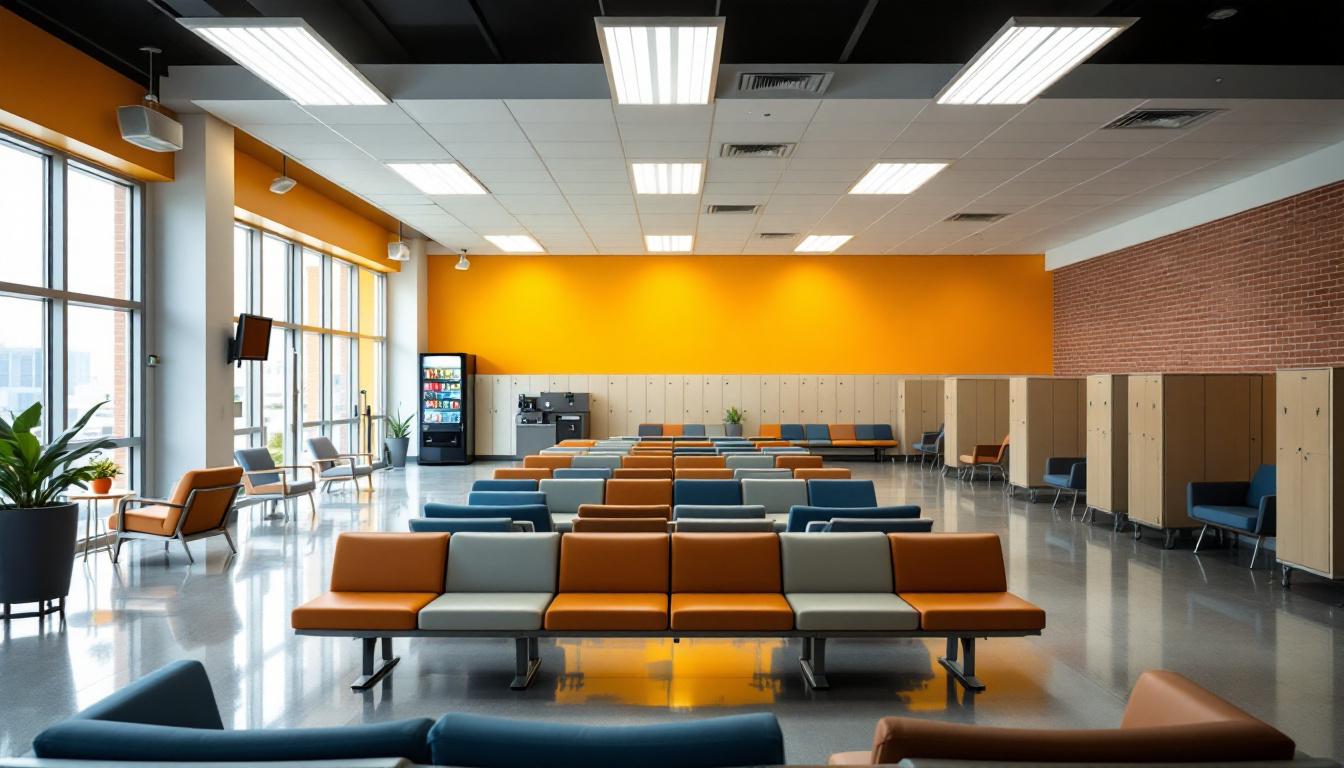
Structure forms the backbone of every day, with residents following carefully organized schedules that currently provide predictability and routine. Wake-up calls typically occur in the early morning hours, followed by facility counts and preparation for the day ahead. Meals are served at designated times, and residents continue to participate in various programming activities throughout their stay. This consistent framework helps establish a sense of normalcy and stability during what can often be an uncertain time.
Living accommodations generally consist of housing units designed to accommodate multiple residents, with basic furnishings and personal storage space provided. Residents typically share common areas within their housing sections and may have access to dayrooms for relaxation and social interaction. Furthermore, the facility usually maintains commissary services where residents can purchase approved personal items and snacks using funds from their accounts. Personal property is generally limited to essential items and must comply with facility guidelines for safety and security purposes.
Programming schedules often deliver educational opportunities, life skills training, and recreational activities designed to support personal development. Although specific offerings may vary, residents typically have access to library services, television viewing in common areas, and outdoor recreation time when weather permits. Work assignments within the facility may include food service, maintenance, or cleaning duties, providing residents with structure and responsibility. Visitation policies generally allow for scheduled visits with family members and approved contacts, while phone privileges and mail services continue to help residents maintain important connections with their support systems outside the facility.
Ready to Connect?
Start communicating with your loved one today
Search for an Inmate
